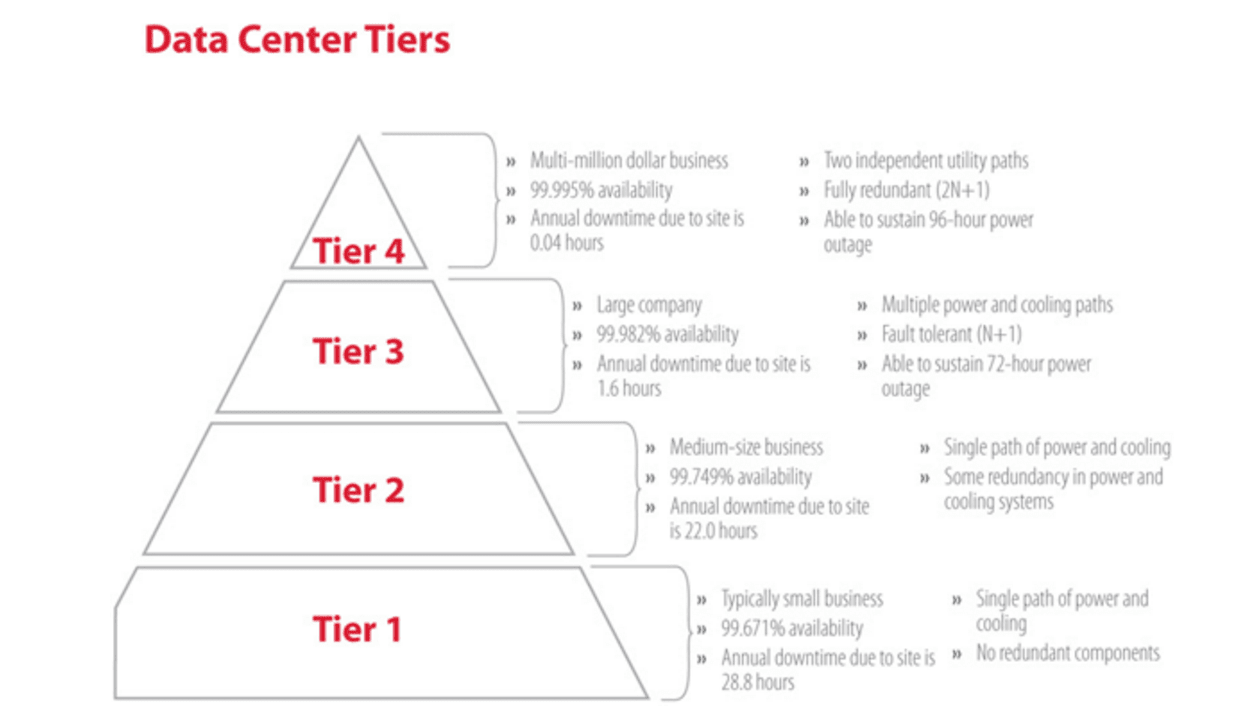What Happens to Redundancy If Company Goes Bust? A Guide to Your Rights
What Happens to Redundancy If Company Goes Bust? A Guide to Your Rights
Blog Article
Discovering the Operational Characteristics of Firm Redundancy and Its Long-Term Sustainability

Redundancy Approaches for Service Continuity
In order to make sure nonstop procedures, organizations have to implement efficient redundancy techniques for service continuity. Redundancy in this context refers to the duplication of critical parts or functions within a system to alleviate the influence of possible failings. By including redundancy methods, companies can enhance their strength against disturbances brought on by different variables such as all-natural calamities, tools failures, or cyber-attacks.
One common redundancy strategy is the application of back-up systems and data storage space services. This entails creating matches of important data and systems that can be turned on in instance of a key system failing. In addition, companies can develop repetitive interaction networks and source of power to preserve connection and procedures during unexpected occasions.
Additionally, cross-training workers to carry out multiple functions within the firm can act as a beneficial redundancy technique. This ensures that essential tasks can still be brought out also if crucial personnel are inaccessible due to disease or various other reasons. On the whole, efficient redundancy techniques are essential for companies to promote functional continuity and reduce the influence of possible interruptions.
Impact of Redundancy on Organizational Strength
Given the vital function redundancy methods play in making certain business continuity, discovering the impact of redundancy on organizational durability ends up being critical for recognizing the all natural functional dynamics of a business. Redundancy, when strategically executed, can considerably contribute to boosting a company's resilience in the face of unforeseen obstacles.
Additionally, redundancy can strengthen worker spirits and self-confidence, recognizing that there are backup plans in place to resolve unexpected scenarios. This feeling of safety and security can result in raised efficiency and a much more favorable workplace. Furthermore, redundancy can promote innovation and creative thinking within a company as staff members feel equipped to take computed threats, knowing that there wikipedia reference is a safeguard to support them in case of failure. On the whole, the effect of redundancy on business resilience is profound, shaping the lasting sustainability and success of a firm.
Stabilizing Effectiveness and Adaptability in Redundancy
Accomplishing an unified equilibrium in between operational efficiency and adaptive adaptability is a pivotal obstacle in the tactical release of redundancy within companies. Efficient procedures are vital for keeping efficiency and cost-effectiveness, guaranteeing that sources are made use of ideally. Nonetheless, extreme emphasis on efficiency alone can result in rigidness, making it difficult for organizations to adapt to unexpected changes or challenges. On the other hand, flexibility permits organizations to react nimbly to advancing circumstances, cultivating technology and strength. Yet, excessive flexibility without a strong functional foundation can result in inefficiencies and incongruity.
To balance effectiveness and adaptability in redundancy planning, organizations need to thoroughly analyze their functional requirements, market characteristics, and strategic objectives. Ultimately, finding the best equilibrium in between efficiency and flexibility is important for constructing a lasting and resilient organization in the face of unpredictability.
Long-Term Sustainability Through Redundancy Preparation
To guarantee enduring viability and stability, companies must tactically straighten their redundancy planning with lasting sustainability objectives, thus integrating functional efficiency with adaptive adaptability. Long-term sustainability through redundancy preparation entails more than simply short-term cost-cutting measures. It needs an extensive calculated strategy that anticipates future difficulties and possibilities. Companies must check out redundancy not as a reactive option to prompt problems yet as a positive method for lasting success. By integrating redundancy preparation with Check This Out sustainability goals, organizations can develop a durable framework that can endure numerous market variations and internal adjustments.

Positive Procedures for Lasting Company Procedures
Just how can firms proactively improve their functional sustainability for lasting success? Implementing positive measures is essential for business aiming to guarantee lasting procedures.
In addition, fostering a society of constant enhancement and learning within the organization can boost adaptability to transforming her comment is here market problems and consumer needs. Urging staff member involvement in decision-making procedures and providing chances for professional advancement can improve spirits, performance, and total efficiency. Developing clear objectives, keeping track of vital efficiency signs, and frequently examining development are vital components of positive sustainability management.
Collaborating with vendors, clients, and other stakeholders to promote lasting methods throughout the supply chain can develop a surge impact of positive effect - redundancy pay if company goes bust. By taking proactive actions in the direction of operational sustainability, companies can build resilience, drive innovation, and secure their long-lasting success in an ever-evolving organization landscape
Conclusion

In the realm of organizational management, the tactical release of business redundancy stands as a pivotal yet complex practice that necessitates a fragile equilibrium between functional effectiveness and lasting stability. By studying the functional dynamics that underpin business redundancy and assessing its broader implications for organizational durability and versatility, a nuanced understanding of just how redundancy methods can form the future trajectory of a company begins to unfold.Offered the important duty redundancy approaches play in ensuring business continuity, discovering the influence of redundancy on organizational durability ends up being vital for understanding the holistic functional dynamics of a firm. Generally, the influence of redundancy on organizational resilience is extensive, shaping the lasting sustainability and success of a business.
In verdict, comprehending the operational dynamics of company redundancy is critical for guaranteeing long-term sustainability.
Report this page